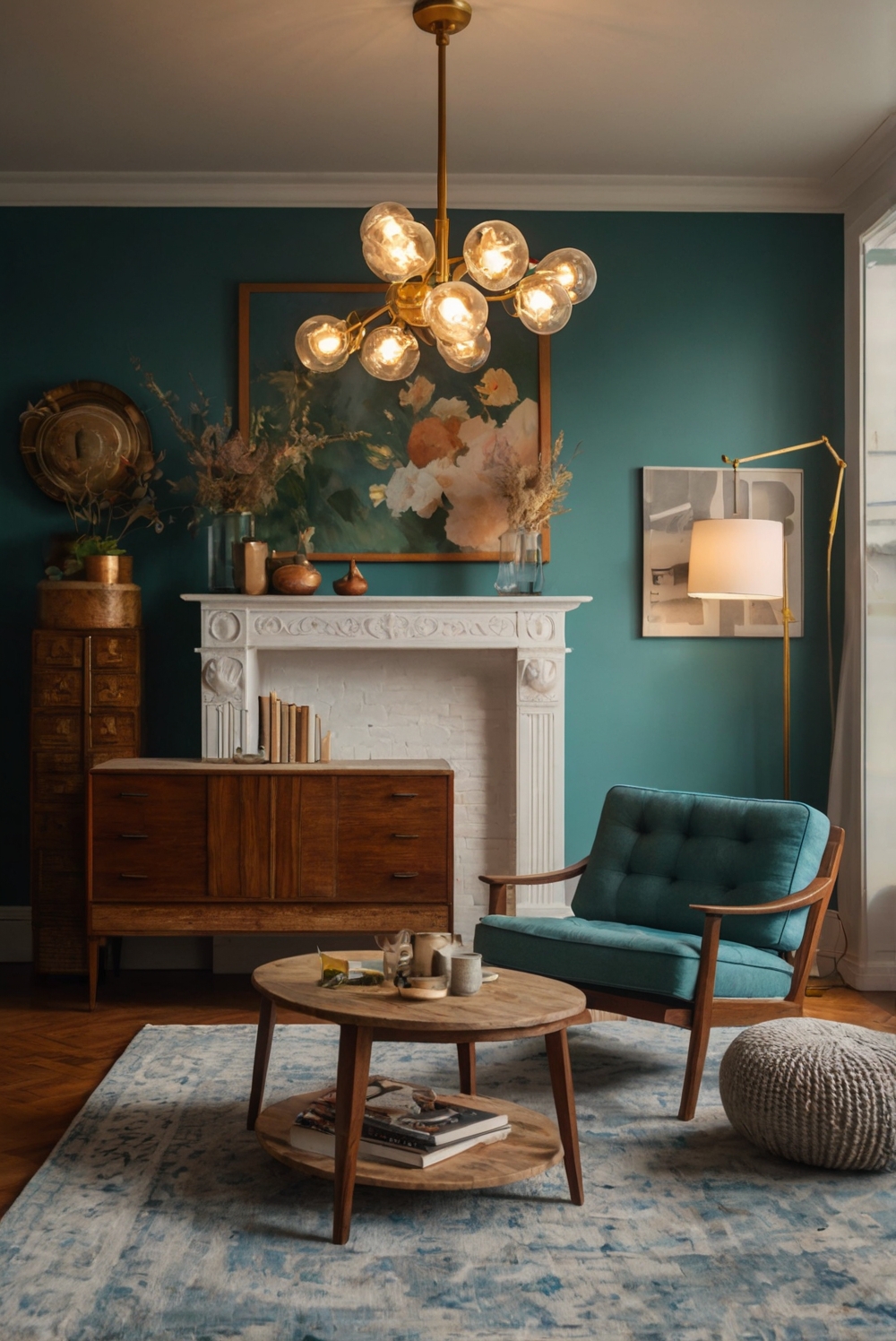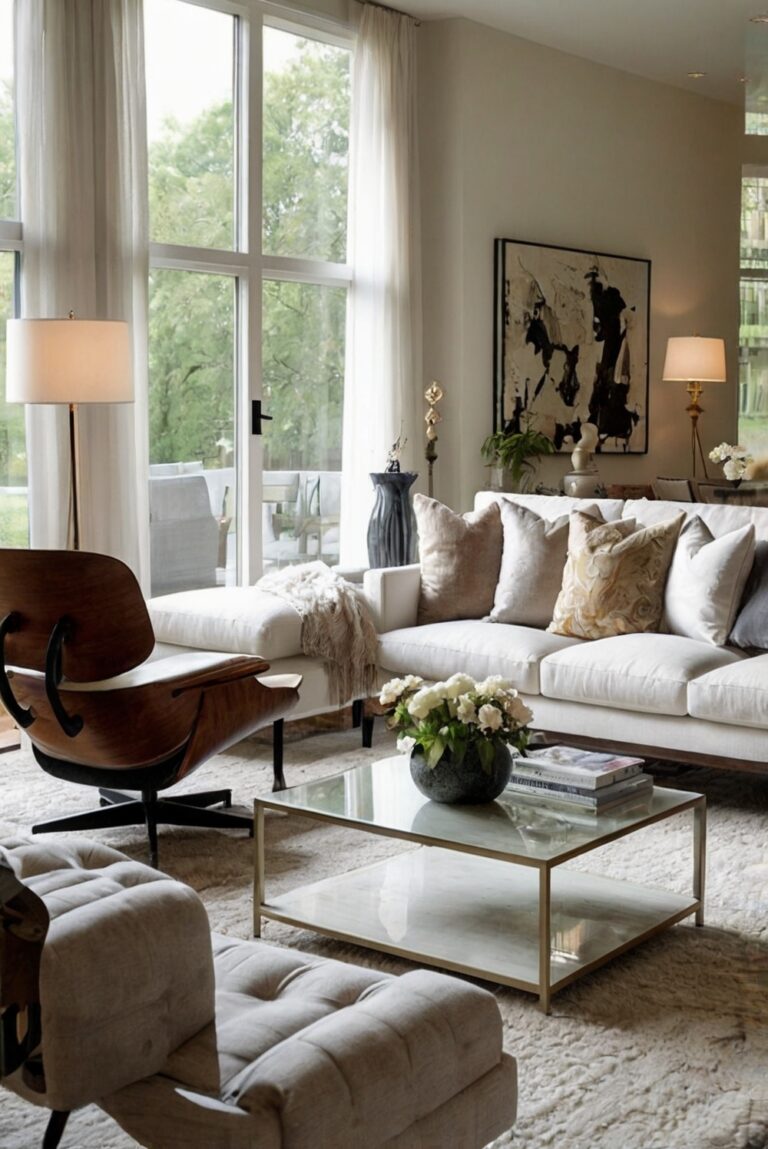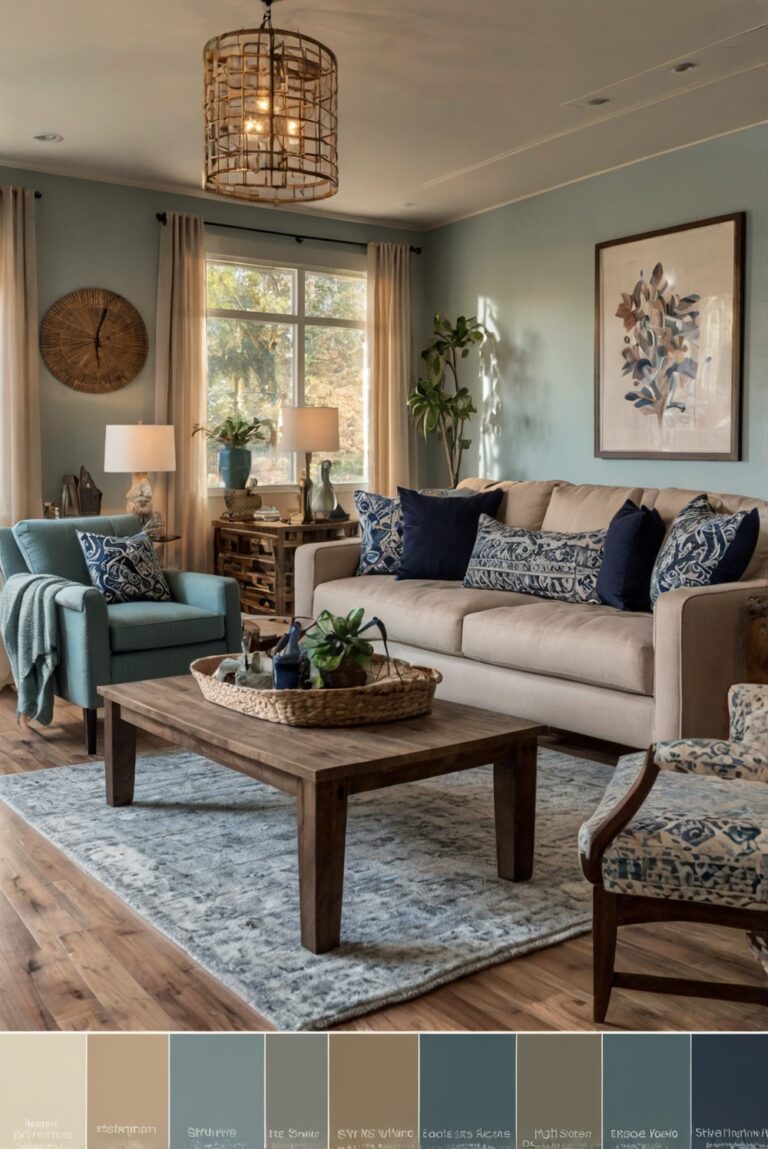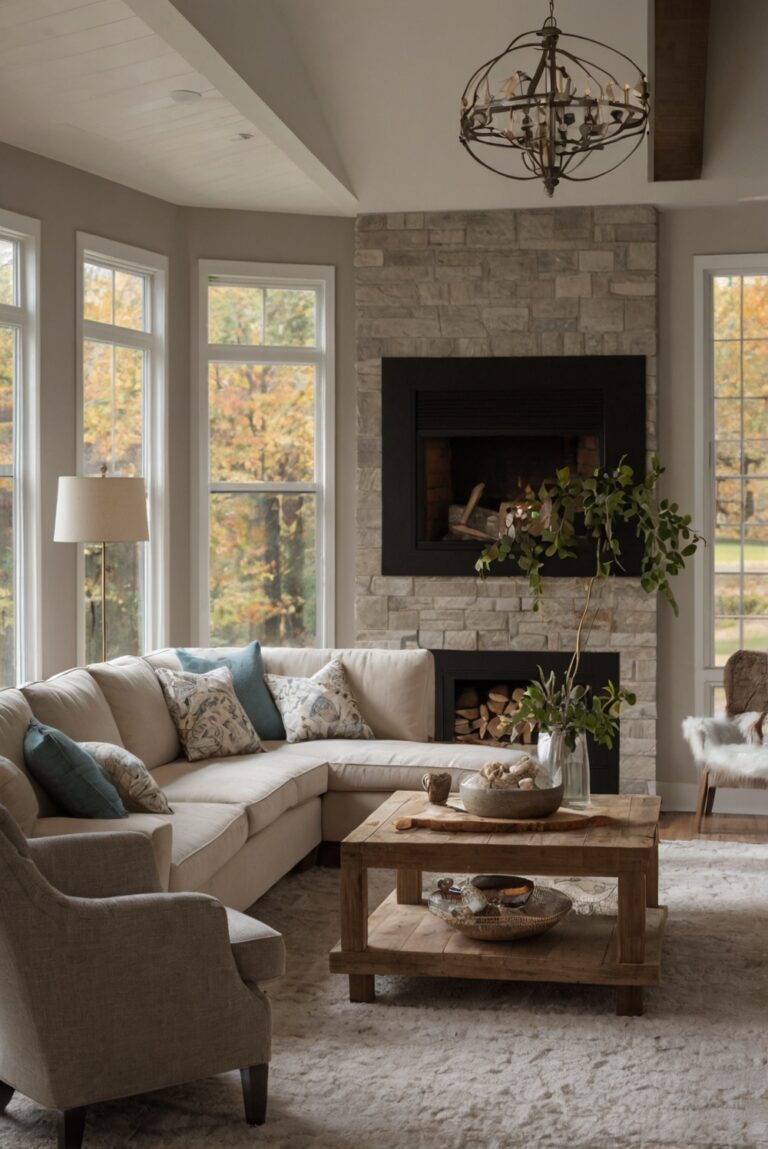Discover the secret to selecting the perfect color temperature for your living room lighting. Follow this daily routine for interior designers and illuminate your space with style.
**
How do you choose the right color temperature for living room lighting?
**
**
Answer:
**
In order to choose the right color temperature for living room lighting, it is important to consider the atmosphere you want to create. Warmer color temperatures (around 2700-3000K) create a cozy and inviting feel, perfect for relaxing spaces like living rooms. Cooler color temperatures (around 4000K) are more energizing and suitable for task-oriented areas like home offices or kitchens. It is recommended to opt for neutral white light (around 3500K) which provides a balanced look. Test different color temperatures before making a decision to ensure the room feels comfortable and visually appealing. Making the right choice can enhance the overall ambience of your living space.
**
Risks and Benefits:
**
– **Benefits:**
– Creates the desired atmosphere.
– Enhances the overall ambience.
– Impacts mood and productivity positively.
– **Risks:**
– Choosing the wrong color temperature can make the room feel uninviting.
– Incorrect lighting can affect the overall look and feel of the space.
**
Steps to Take:
**
1. **Identify the purpose of the room (relaxing, working, etc.)**
2. **Research different color temperatures available.**
3. **Test out different options in the space before committing.**
4. **Consider using dimmable lights for flexibility.**
Remember, the right color temperature can transform your living room into a welcoming sanctuary or a vibrant space for gatherings, so choose wisely.
**
Takeaway:
**
Selecting the appropriate color temperature for living room lighting is crucial for setting the mood and enhancing the overall decor of your home interior. By considering the benefits, risks, and taking the necessary steps, you can ensure that your living space is beautifully illuminated to create the perfect ambiance for any occasion.
How do you choose the right color temperature for living room lighting?
Understanding color temperature:
Color temperature is measured in Kelvin (K) and refers to the warmth or coolness of a light source. Lower Kelvin temperatures (2000-3000K) produce warm, yellow light, while higher Kelvin temperatures (4000K and above) produce cooler, bluish light.
Consider the function of the living room:
The first step in choosing the right color temperature for your living room lighting is to consider the function of the space. If your living room is a place where you relax and unwind, you may want to opt for warmer, softer light (2000-3000K) to create a cozy atmosphere. On the other hand, if your living room is a space where you work or engage in activities that require focus, you may prefer cooler, brighter light (4000K and above) to increase alertness and productivity.
Take into account the color scheme:
Another important factor to consider when choosing the right color temperature for your living room lighting is the color scheme of the room. Warm light (2000-3000K) complements warm color tones like reds, yellows, and oranges, creating a harmonious and inviting environment. Cool light (4000K and above) pairs well with cool color tones like blues, greens, and purples, adding a modern and refreshing touch to the space.
Additional tips for choosing the right color temperature:
1. Use dimmable lights:
To have flexibility in adjusting the color temperature based on the time of day or the mood you want to create, consider using dimmable lights. This allows you to customize the lighting to suit different activities and occasions.
2. Test before committing:
Before making a final decision on the color temperature of your living room lighting, test out different options by using temporary lighting fixtures or smart bulbs. This hands-on approach will help you visualize how each color temperature affects the ambiance of the room.
In conclusion, choosing the right color temperature for your living room lighting involves considering factors such as the function of the space, the color scheme of the room, and the desired ambiance. By following these guidelines and experimenting with different options, you can create a lighting design that enhances the overall look and feel of your living room.
1. What are the different color temperatures for lighting and their effects?
– Color temperatures are measured in Kelvin (K). Lower Kelvin temperatures (2000K-3000K) give off a warm, cozy light suitable for living rooms. Higher Kelvin temperatures (4000K-6500K) provide a cooler, more energizing light often used in workspaces. Understanding these variations can help you create the desired ambiance in your living room.
2. How does color temperature impact the mood of a room?
– Warm color temperatures create a relaxed and inviting atmosphere, ideal for unwinding in the living room. Cooler temperatures, on the other hand, promote alertness and productivity. By selecting the right color temperature, you can influence the mood and functionality of your living space.
3. What factors should be considered when choosing the color temperature for living room lighting?
– Factors to consider include the room’s size, natural light exposure, and the activities conducted in the space. For instance, a larger living room may benefit from cooler lighting to brighten the space, while a smaller room might feel more comfortable with warmer tones. Tailoring the color temperature to these factors can enhance the room’s functionality and aesthetics.
4. Are there specific lighting fixtures that work best with certain color temperatures?
– LED bulbs offer a wide range of color temperatures, making them a versatile choice for living room lighting. Dimmable fixtures allow you to adjust the color temperature based on the time of day or the mood you want to create. Additionally, smart lighting systems can provide customizable color temperature options to suit different activities.
5. How can I test different color temperatures before making a final decision?
– One way to test color temperatures is by using adjustable LED bulbs or smart lighting systems that offer various settings. Another option is to purchase sample bulbs with different Kelvin ratings and observe how they affect the room’s ambiance. Experimenting with different color temperatures can help you determine the best option for your living room lighting.







